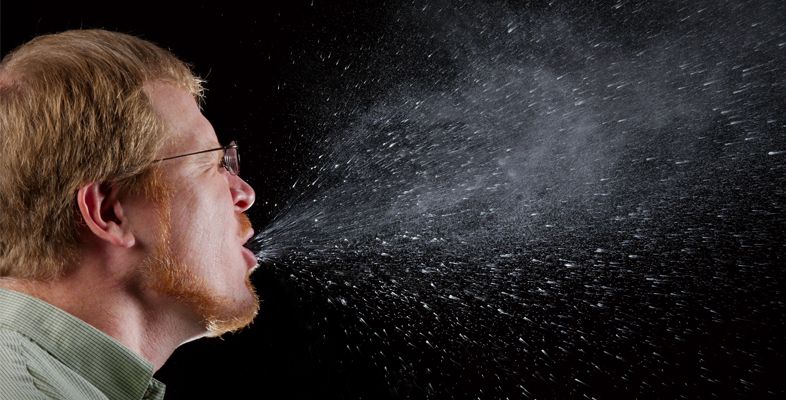2.8 Edward Jenner and the scientific method
Now you know what Jenner did, the following activity prompts you to analyse how this action illustrates the scientific method and identify how it departs from accepted practice in modern day experiments.
Activity 2 What does Jenner’s experiment tell us about the scientific method?
Question 1
Summarise the hypothesis on which Jenner based his experiment on James Phipps and write your hypothesis in your notes. (Hint: remember that a hypothesis is a statement (not a question) proposing an explanation for an observation as a starting point for further investigation.) Then compare your hypothesis with ours below.
Answer
Your wording may be a little different to ours but it should capture the same point: ‘Exposure to cowpox infection will result in lasting protection against smallpox infection.’
Question 2
Fortunately for James, Jenner’s hypothesis proved to be correct. However – unlike John Snow when he removed the handle from the Broad Street pump – Jenner could not prove that exposure to cowpox caused the protection against smallpox that he observed when he exposed James to the potentially fatal infection.
Can you explain why Jenner’s experiment on James does not prove a causal association (also known as a causal correlation) between recovery from cowpox and protection against smallpox?
Answer
There is an alternative explanation – James might have been exposed to mild smallpox earlier in his life, which protected him from reinfection when Jenner exposed him to smallpox in 1796.
Question 3
Suggest an even more unethical experiment that Jenner would have had to conduct in order to demonstrate a causal association between cowpox recovery and smallpox protection?
Answer
As far as we know Jenner never attempted this, but he would have had to find another 8-year-old boy and expose him to smallpox at the same time as James, but without previously exposing the second child to cowpox. If Jenner’s hypothesis was correct, this (imaginary) second child would develop smallpox and James would remain well.
The ‘second child’ in this imaginary experiment is what modern day investigators call a control, that is, an individual – or more usually a significant number of individuals – who resemble the ‘experimental’ individual or group in as many ways as possible, except that they are not exposed to the experimental condition.
Over time, the large number of cases recorded by Jenner and others who copied his method established that cowpox successfully protected most (but not all) of those exposed to it against smallpox. They applied the scientific method by counting and comparing numbers of smallpox cases in cowpox vaccinated and unvaccinated individuals during smallpox outbreaks. The effectiveness of vaccination was demonstrated by the lower percentage of smallpox cases in the people they had vaccinated with cowpox, compared with the rest of the population who had not received the vaccine. Although the discipline of epidemiology was not established until the mid-to-late 19th century, Jenner and his followers were (in effect) collecting and analysing epidemiological data to establish proof that cowpox vaccination worked.
